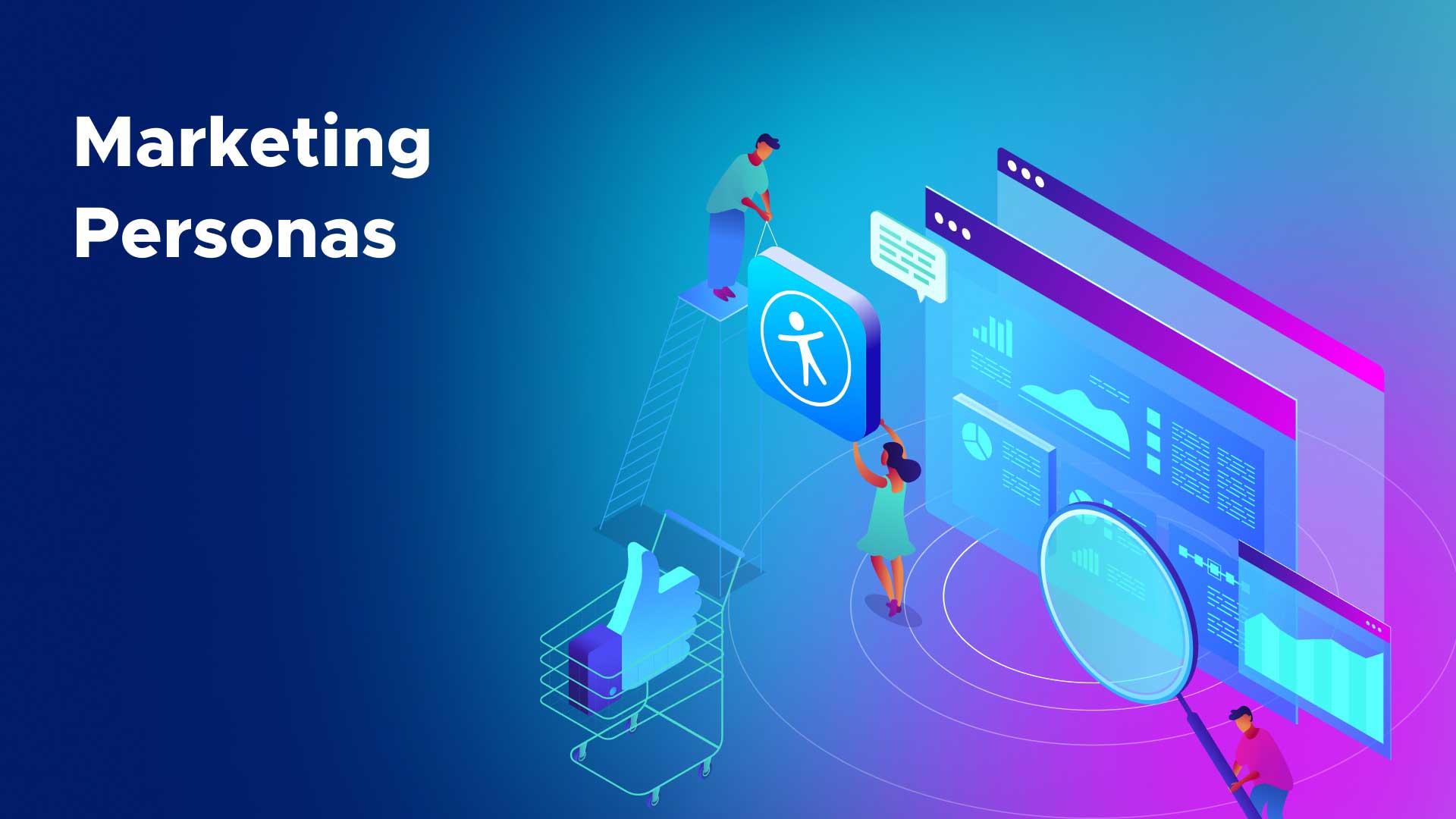How Marketing Personas Can Include People with Disabilities

Most experts in the marketing industry agree the most powerful marketing is not just considering what to say and how you say it, but also who it is being said to. It’s called knowing your audience and “reading the room” and it is why there is so much being invested today in building marketing personas examples.
These personas are fictitious sketches of potential customers that help marketing teams visualize and contextualize who they are speaking to and help them consider their challenges and what unique needs they have that may make a product desirable to them.
This begs two questions: How often are people with disabilities being considered and included when creating customer persona examples? And what steps have been taken or planned to make digital marketing materials accessible to them?
Why Does Web Accessibility Matter?
Let’s define what we mean by “accessibility.” In marketing, accessibility refers to the degree to which your marketing materials can be easily accessed and understood by people with disabilities. This includes things like making sure your website is readable through screen readers, using alt text to describe images for people who are blind, and providing transcripts for videos for people who are deaf or hard of hearing.
Web accessibility is typically measured using the Web Content Accessibility Guidelines (WCAG) which provides a detailed list of success criteria to identify how accessible a website is.
It can also have significant benefits for your business. According to UserWay data compiled in 2021, $16.8 billion in sales is being lost due to web accessibility barriers, and sites that invest in web accessibility can generate a 0.4% increase in conversions by bringing content into compliance with WCAG standards.
Why Marketing Should Be Inclusive
Why is accessibility important for audience personas? In short, people with disabilities are a significant portion of your potential customer base, whether you have realized it or not. In the United States, for example, around 1 in 4 adults has some form of disability. That’s a huge market you are likely missing out on if marketing materials are inaccessible.
Making content accessible also means a brand is distinguishing itself from competitors. For example, WebAim’s 2022 annual report on the top one million websites shows nearly 97% of home pages have detectable WCAG 2 errors. The most common errors are low-contrast text, missing alt-text, and empty links.
Accessibility has usability benefits for all of your customers, in addition to lower barriers for those with disabilities. Providing transcripts for videos can make your content more easily consumable for people who are trying to watch them in noisy environments or for those who prefer reading instead of listening.
Inclusive Target Personas
Today, marketing materials and strategies must be inclusive of people with disabilities, which requires an additional step compared to the inclusion of other minority demographics. Marketing professionals should be considering disability context when forming target personas, but they also need to produce marketing materials that are accessible to the very people they’re attempting to reach.
This means taking additional steps to provide things like:
- Adding text-alternative descriptions known as “alt-text” for all graphics
- Making sure transcripts and closed captions are available for video material
- Checking contrast between text and background color to make sure content is perceivable
How to Expand Persona Segments to Include People with Disabilities
So, how can you enhance outreach to customer persona examples? Here are a few tips to get you started:
- Consider accessibility from the beginning when creating your personas. Make sure that your personas represent a diverse range of abilities, and think about the specific needs and challenges that people with disabilities may face.
- Test your marketing materials for accessibility. Use accessibility tools like screen readers and color contrast checkers to make sure your website, emails, and other materials are easy to use for people with disabilities.
- Educate yourself and your team on accessibility best practices. There are many resources available online that can help you learn more about how to make your marketing materials more accessible.
By incorporating accessibility into your marketing personas and strategies, you can ensure you are reaching and resonating with a wider range of potential customers. Not only is it the right thing to do, but it can also have significant benefits for your business.
UserWay Helps You Reach Your Target Persona
Organizations and website owners can kickstart a web accessibility overhaul through UserWay’s AI-Powered Accessibility Solution, which makes web accessibility fast, easy, and cost-efficient. Book a meeting with a UserWay marketing focused accessibility professional today to learn how.
Frequently Asked Questions
What is website accessibility, and why is it important in marketing?
Web accessibility makes digital resources functional for people with disabilities, including sight, hearing, physical movements, and cognitive ability. It is important in the context of marketing because it helps teams to create target personas that consider disabilities and guides teams to build digital promotional material with accessibility in mind.
How do accessible marketing materials improve reach to your entire persona segment?
People with disabilities should be considered in an organization’s customer persona examples. Creating inclusive and easy-to-use websites for this demographic will improve your user conversion rate and significantly expand your market reach.
What are the benefits of considering web accessibility when reaching out to your organization’s marketing persona examples?
Just like web pages, marketing materials are often inaccessible to people with disabilities.
Teams should create PDF brochures and promotional literature that screen readers can access. Audio and video content should also provide alternative access methods, such as closed captions and transcripts.





Share